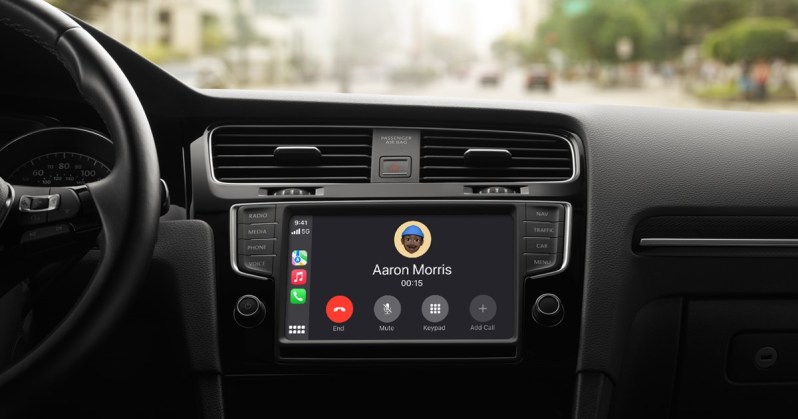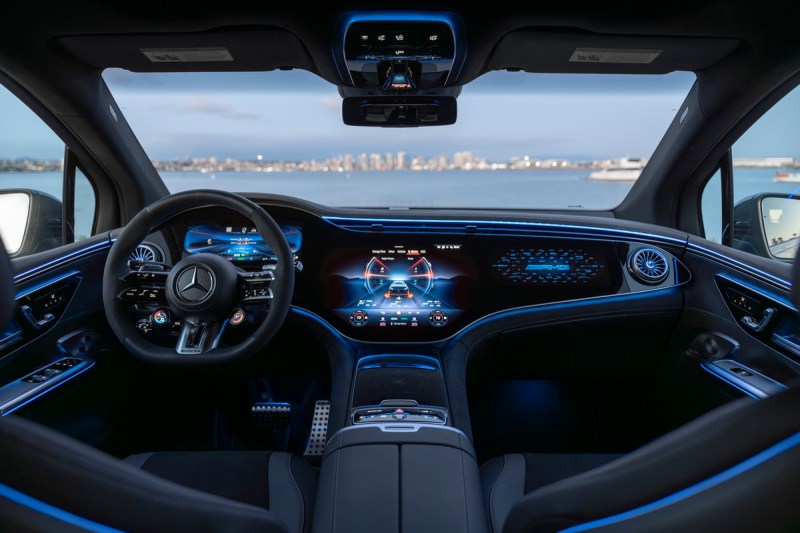
We’ve come a long way from having a six-CD changer being the centerpiece of the automotive entertainment system. Aftermarket head units, aux cables, and even a flip-up DVD player were the be-all, end-all of excitement just a decade or two ago.
But now, audio entertainment has transfigured into digital infotainment. Android Auto and Apple CarPlay have been the two major players in this realm for some time now. Apple recently upped the ante with the announcement of its next-generation system at the World Wide Developers Conference (WWDC) in 2022, pledging to introduce its new partners by the end of 2023… and that is exactly what they did.

Porsche and Aston Martin are the first to sign up for the next-gen of CarPlay
The first CarPlayers to join the game in 2024 are Porche and Aston Martin. Since those two high-rollers signed on, several others have also joined the party, including Land Rover, Mercedes-Benz, Lincoln, Audi, Volvo, Honda, Nissan, Ford, Jaguar, Acura, Polestar, Infiniti, and Renault.
While the specifics are still being kept under wraps, presumably to be rolled out in waves of well-orchestrated press events, what we do know is that CarPlay is moving from infotainment to a system that encompasses all facets of the car’s (or truck’s) digital displays and replaces it entirely. This includes things like speed, drive mode, fuel, engine temperature, trip mileage, and total mileage driven (odometer).
The best description of what’s next comes from Apple’s pressroom:
CarPlay has fundamentally changed the way people interact with their vehicles, and the next generation of CarPlay goes even further by deeply integrating with a car’s hardware. CarPlay will be able to provide content for multiple screens within the vehicle, creating an experience that is unified and consistent. Deeper integration with the vehicle will allow users to do things like control the radio or change the climate directly through CarPlay, and using the vehicle data, CarPlay will seamlessly render the speed, fuel level, temperature, and more on the instrument cluster. Users will be able to personalize their driving experience by choosing different gauge cluster designs, and with added support for widgets, users will have at-a-glance information from Weather and Music right on their car’s dashboard.
With increasingly larger and larger digital screens monopolizing car interiors, much like Mercedes-Benz’s massive Hyperscreen, the necessity for a synchronizing interface is rising at a commensurate rate. Seeing this need, Apple has decided to go from a supporting to a starring role, thereby negating all the little quirks and bugs trying to work with a car’s particular system. This way, CarPlay becomes the car’s system, allowing things to be even more intuitive and streamlined for active Apple users.
The next-gen CarPlay will fully take over displays like MB’s Hyperscreen
As with most of today’s premium car’s digital layouts, the next CarPlay display will be incredibly customizable to augment the readout however owners prefer. There will also be a series of default design configurations that Apple says will be “ranging from the modern to the traditional.” A multi-screen layout will be at the forefront of most of the designs, undoubtedly catering to people’s ever-shrinking attention spans.
There is no set timeline for Apple to unveil its next-gen CarPlay, as the actual implementation of the system is wholly dependent on the car companies themselves. But, whenever their newest cars roll out for the new model year, we are sure to hear about the exciting new CarPlay features that will accompany them. Maybe we’ll even see a return of the CD player, or at least the system can add in slight skips here and there over rough roads to help us relive the gold old days.



